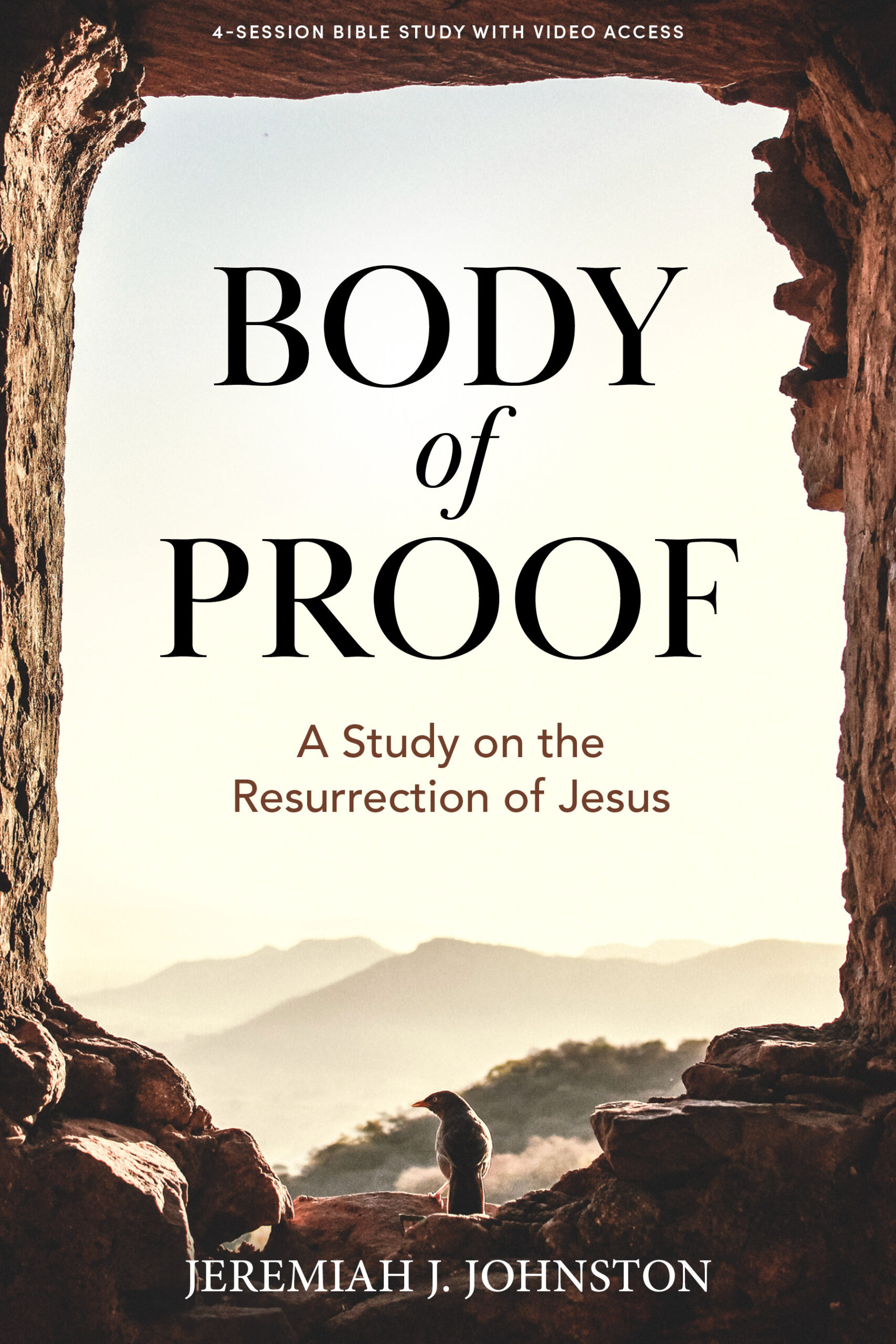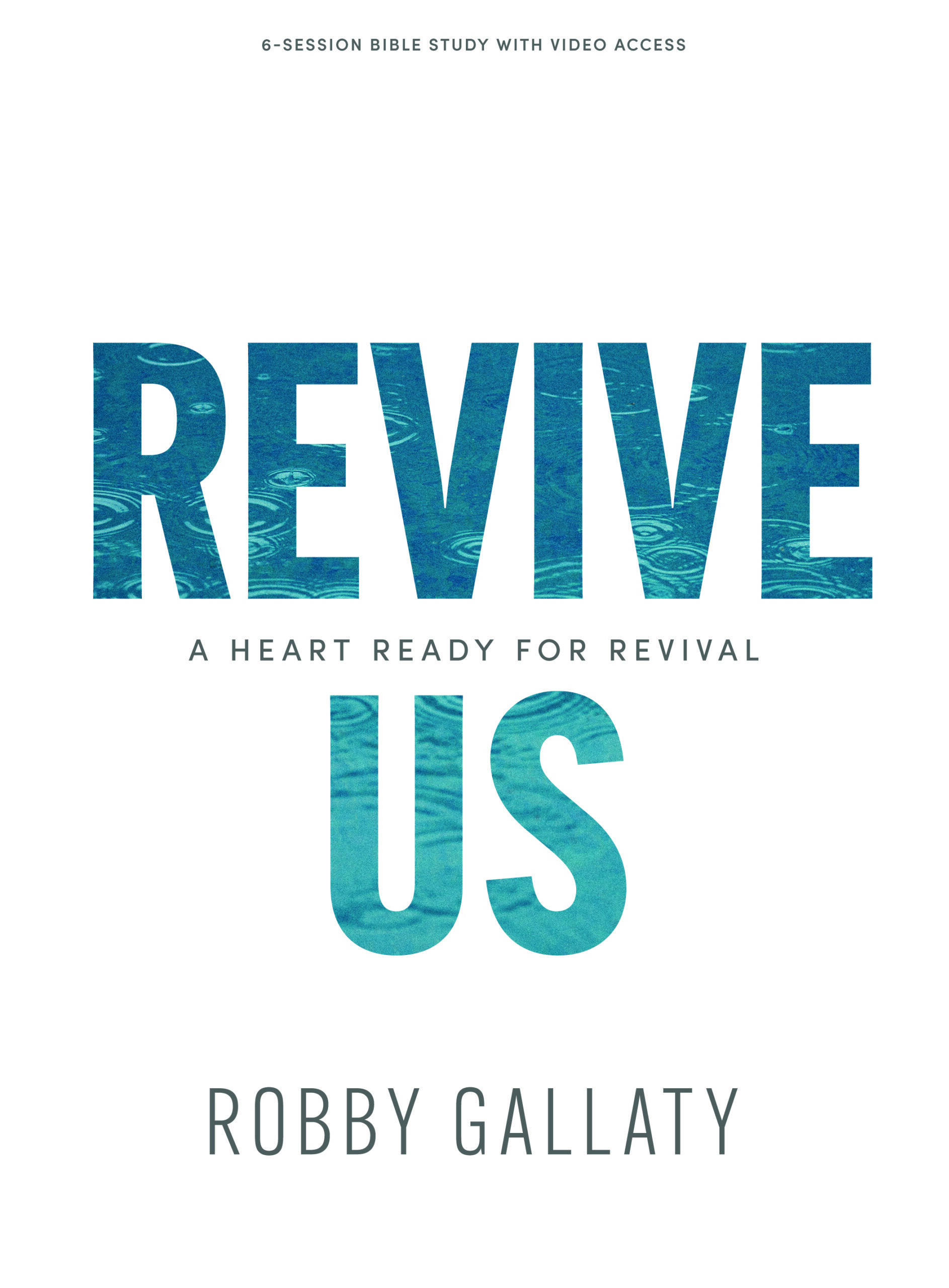By Reid Smith
Intentional investments made over time into developing group leaders will empower them to create healthy environments where biblical community can grow. This requires meaningful touchpoints in different ways with enough frequency that leaders feel known, loved, included, and challenged and they continue learning and growing.
Different leaders need different kinds of care. This care will look different for each leader based on their experience in leading groups. There are repeatable investment rhythms you can easily put into motion to build relationships for healthy leadership development. A group leader will fall somewhere on the spectrum of new to experienced. For simplicity sake, we will only look at these two general categories:
- New leaders typically want time to interface with you in person and be connected with other leaders. They are helped by a higher frequency of touchpoints that are more personalized. You want to love on these leaders and provide ample attention and direction, especially within the first few months as they begin leading.
- Experienced leaders typically prefer a lower frequency of touchpoints that don’t require as many in person meetings. They need to know you’re there and care, but they don’t need the same level of engagement as new leaders. Keep these people in the loop and show your appreciation for them.
| NEW | EXPERIENCED |
|
|
* Weekly frequency during their initial training & up through their first study
The concept of “span of care” applies as the scale of your group leadership grows. For example, let’s say you have eight group leaders. You’ve built relationships with them over time and have been able to provide the necessary care, but you want to do more. About this time, four new leaders emerge out of these groups who are eager to launch their own groups.
You quickly realize that you can’t maintain the same level of care with your first wave of leaders and also pour into the next wave. To meet this growing demand, you select one of your most capable and available leaders to function as a “coach” and invest into half of your experienced leaders (4) and half of the new leaders (2). Instead of your span of care becoming unmanageable at twelve, you equally divide care for the whole group of leaders between you and your new coach resulting in a 1:6 span of care.
Keep in mind that span of care is an elastic concept in practice. For example, coaches with greater margin and leadership competency can care for a greater number of leaders. Yet, it is important to continually assess what level of care leaders need because even the most experienced leaders face personal crises and challenges in group life that will require greater investment at times.
Occasionally, you and your coaches should plan to substitute an in-person touchpoint with a half-day retreat or conference that will develop your leadership community. There is an array of top-notch content available on demand for this type of setting. Adding variety into how you invest in your leaders will help guard against these rhythms falling into ruts.
The table above can serve as a rule of thumb to help you determine what healthy investment rhythms should look like in your church as you assess the maturity and specific needs of your group leadership.
Reid Smith has been equipping leaders in churches of all sizes and stages of growth for effective disciple-making since 1996. He lives in Wellington, Florida where he serves as a Groups Pastor at Christ Fellowship. You can find more of his helpful resources at www.reidsmith.org.





Leave a Comment: